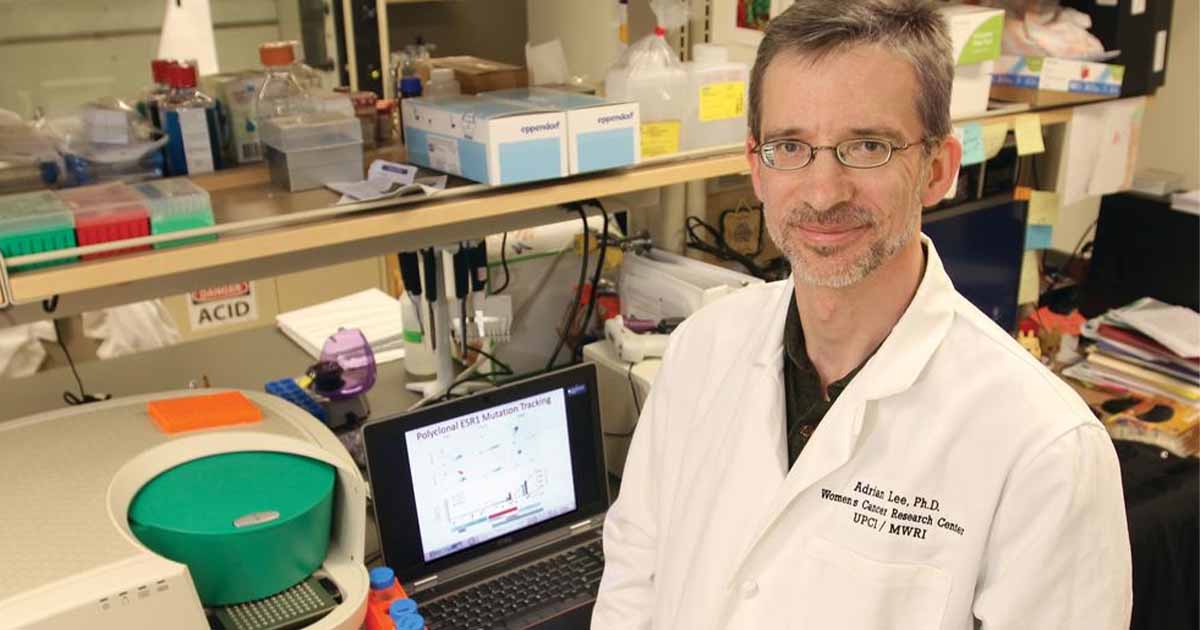"It's not the big issue of, 'we should build it, and they will come'"
There's one word that can aptly describe the mobile health market in its entirety. Nascent. And it's been lingering in this stage for years, said industry officials at the 2013 mHealth Summit this week. So, what's finally going to move the market forward? For many, it involves taking a little closer look at history.
The historical efforts of mobile health initiatives worldwide have something to teach us, said Kirsten Ostherr, professor of media studies at Rice University.
One of these lessons involves personalization. Ostherr cited a Rockefeller Foundation campaign launched in 1910 that aimed at eradicating hookworm, which at that time infected some 40 percent of the southern U.S. population.
[See also: Sex health goes mobile.]
"What they wanted to do is make a film to teach audiences how to avoid becoming infected with this disease, but they quickly learned that making a movie and showing it in movie theaters was not going reach the audience they wanted to reach," said Ostherr. "So instead they had to drive around a truck with a mobile, battery-operated film unit on it to reach their target audience where they lived and worked," which was predominately farms and rural settings.
But making the film mobile was only half the battle.
Ostherr said the real difficulty came when Rockefeller Foundation launched the mobile media hookworm campaign global. "There the challenge was in designing culturally appropriate content that could successfully convey the core health principles they wanted to convey in a manner that made sense to the people they were trying to reach," she added.
With diverse populations worldwide, foundation officials realized they had to adapt and personalize film content, incorporating not only local languages but also including user generated images and stories. Once they started this, they started to see success, but ultimately, "generating new versions of the film for every single market" became an "untenable business proposition," said Ostherr, so they eventually abandoned these efforts.
In today's world, a holistic understanding of demographics, together with a population's infrastructure, is most crucial, agreed Harry Greenspun, MD, senior advisor for Deloitte.
"It's not the big issue of, 'we should build it, and they will come.' It's how do we have these technologies fit in with the needs of users throughout the world," he said at the Dec. 9 mHealth Summit panel.
[See also: mHealth forecast wows audience.]
The next lesson we can glean from history, in Ostherr's perspective, pertains to joining together entertainment with public health.
Take the case of the World Health Organization, for instance, which back in the 1940s through the 1960s was co-producing public health films with European films studios. Their focus was on alcoholism, clean water and heroine addiction, among others, in low income settings. What they did proved novel for its time. WHO created animated public health films.
"They found it incredibly appealing, so much so that it was often hard for the health promoters to tell whether the people showing up wanted to know about health or because they wanted some free entertainment," explained Ostherr.
So, history definitely offers lessons, but a deeper understanding of the current mHealth landscape also proves integral, said Greenspun.
One element more unique to the current state of mobile health is the introduction of error, said Greenspun, who asked the audience how many people used a mobile app to deposit a check. Most of them raised their hands.
OK, now how many of those people actually destroy their check immediately after they deposit their check? he asked. One person among hundreds raised her hand. "Living dangerously," joked Greenspun. But, most often, "people are just afraid it's not going to work," he said.
"That's fine if you're depositing a check and you wait a couple days and see if it clears or not," he added. "If your phone is controlling your insulin pump or your defibrillator, maybe you have some concerns. If your signal drops, do you just die? Not really sure." And that's something that needs to develop and prove itself for more people to be onboard.
For Greenspun, the key to a successful business landscape is acknowledging first the demographics and infrastructure, and of course the disease dynamic, but also the policy and reimbursement framework. "If the interests aren't aligned, there's no reason people will adopt these things."


